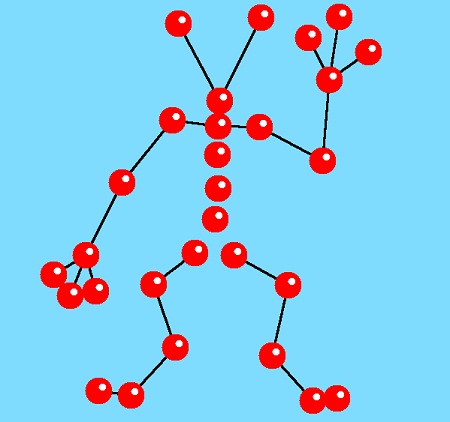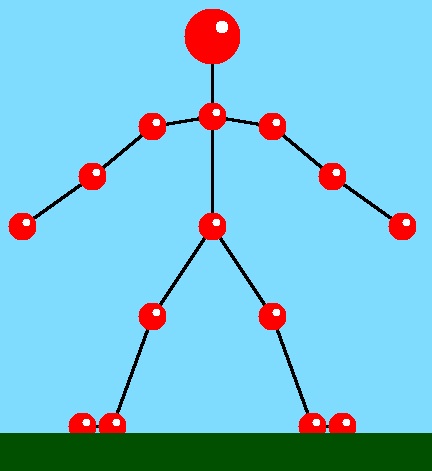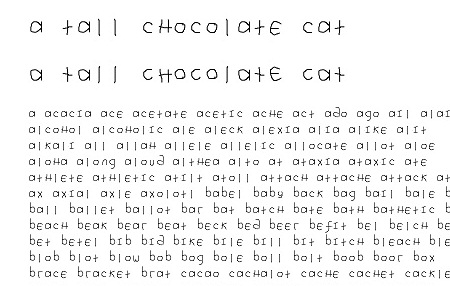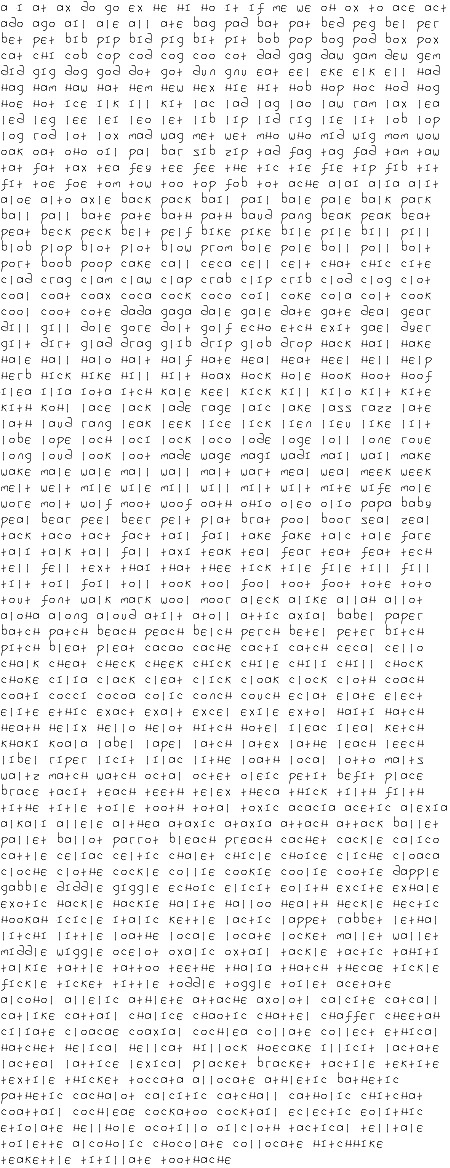In a meeting today with some fellow educators, at one point the conversation took a surprisingly negative tone. I showed an inspirational video from somebody who was clearly delighted by what they were showing and talking about, after which one of the educators in the room said, in effect: “Well, that could just turn most kids off. That person seems to be showing off that they’re good at this.”
The more I thought about this comment, the more horrified I became by the reasoning behind it — it reminded me a bit of Kurt Vonnegut’s story Harrison Bergeron. If someone loves what they are talking about, and is sharing their enthusiasm and joy with an audience, I’ve always thought that this is a good thing. Sure, we can’t all play guitar like Jimmy Paige, or dance like Fred Astaire, or tell a joke like Jerry Seinfeld, but does that mean their performances should not be shown, because we worry that kids might be intimidated?
If we are failing to teach our kids the joy and excitement and beauty in ideas, is the solution to shield our kids from the joy and excitement of others? In my view (and I realize that this is a radical view in some circles) if we are finding our kids systematically failing to learn something we know to be beautiful and true, then the fault is not with our kids, but with ourselves.





